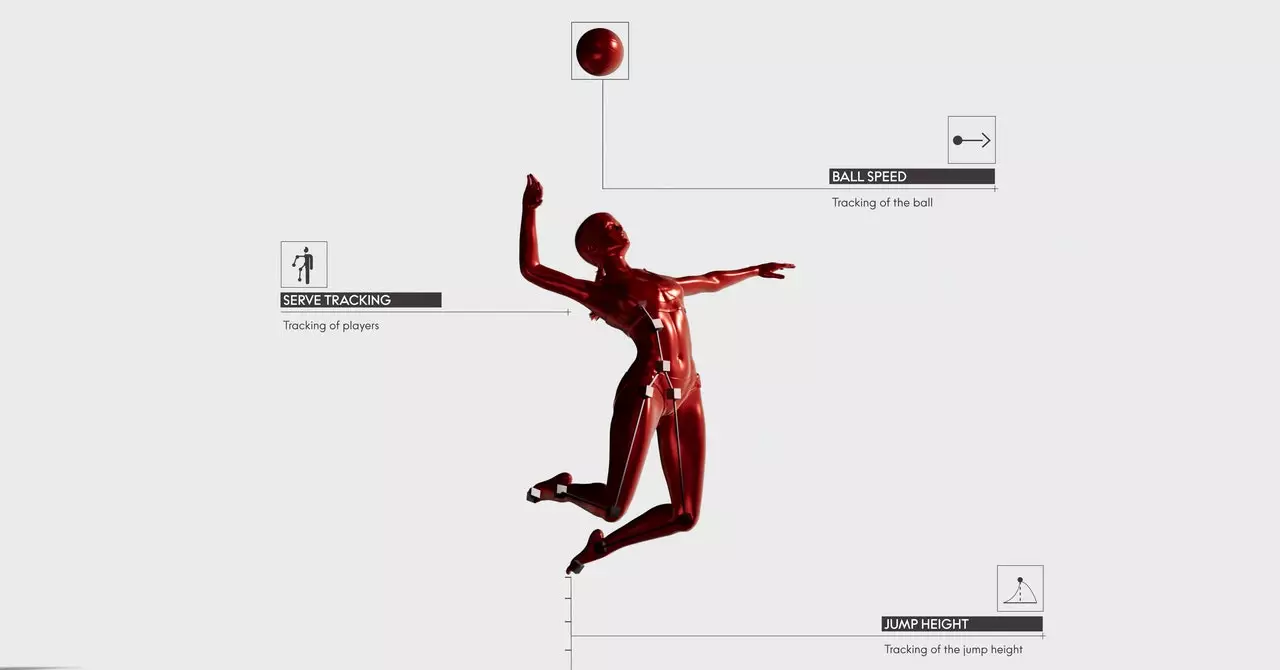Back in 1960, at the Olympics in Rome, a controversial gold medal was awarded to Australian swimmer John Devitt at the 100-meter freestyle men’s swimming event. Both Devitt and American Lance Larson finished with the exact same time of 55.2 seconds. Despite Larson being technically faster by one-tenth of a second, the head judge Hans Runströmer declared Devitt as the winner. This led to the development of touch boards for swimming lanes to prevent such controversies in the future.
Omega, specifically the Swiss Timing branch, has been at the forefront of revolutionizing timekeeping in sports. In 2024, electronic starting pistols are now connected to speakers behind each athlete to ensure fairness in staggered-lane races. Omega’s Scan-o-Vision technology can capture up to 40,000 digital images per second for quick and accurate decisions in photo finishes. The focus has shifted from simply recording start and finish times to telling a compelling story of the race.
Despite the Omega logo being present on timing devices at every Olympics since 1932, Swiss Timing’s contributions go beyond basic timekeeping. Alain Zobrist, the head of Omega’s Swiss Timing, emphasizes the importance of storytelling in sports events. The technology developed by Omega has significantly improved the accuracy and efficiency of timekeeping at the Olympics.
The evolution of timekeeping technology by Omega has paved the way for more intricate storytelling in sports events. Zobrist notes that 2018 was a pivotal year for Omega, indicating further advancements in timekeeping technology for future Olympic games. Paris 2024 promises to bring even more innovative plot lines to the world of sports timekeeping. Omega’s commitment to accuracy and efficiency continues to shape the way we experience and appreciate sporting events on a global scale.


Leave a Reply
You must be logged in to post a comment.